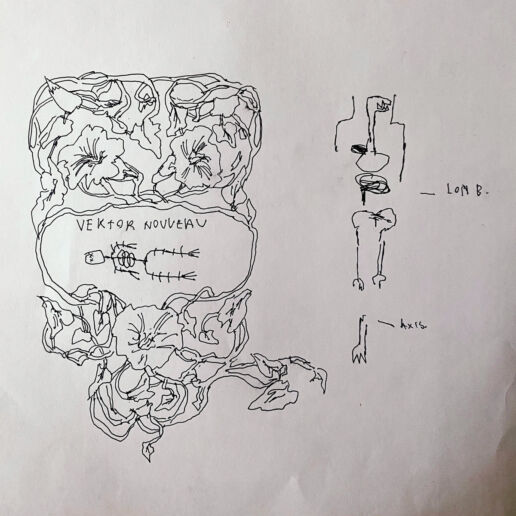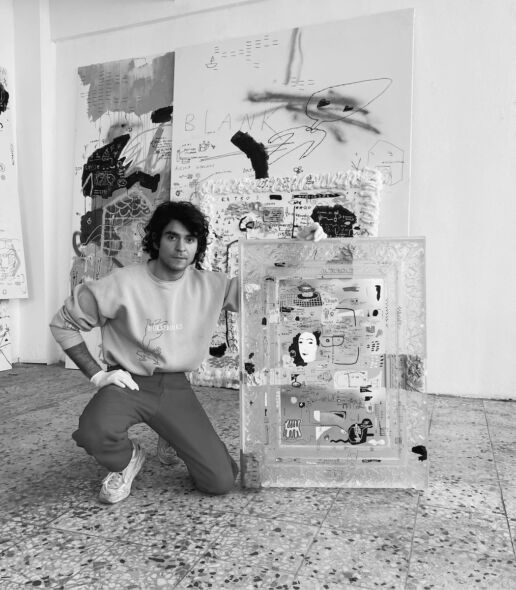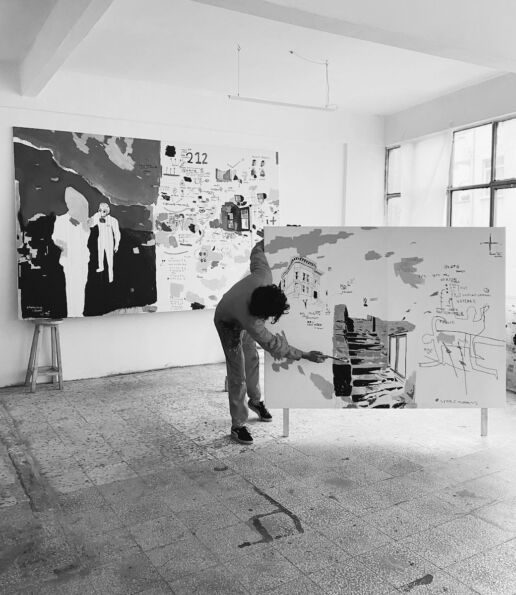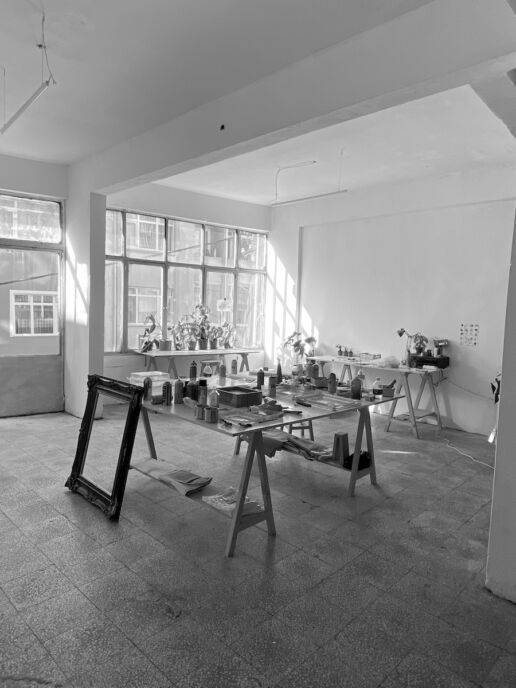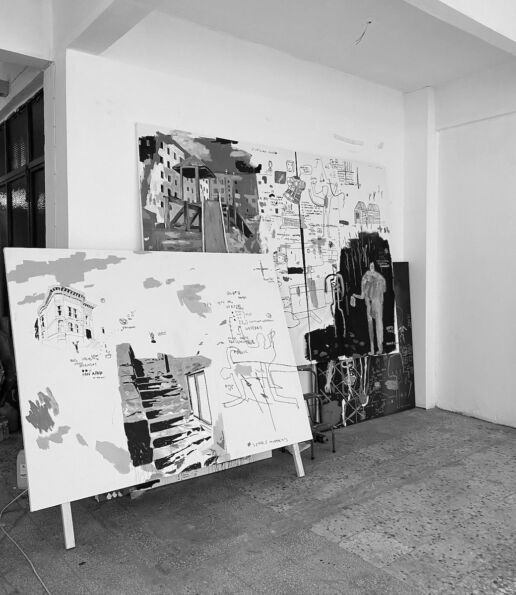ANCIENT – ESER GÜNDÜZ
When did you last hear this word?
I’m quite intimate with the word ancient mainly because of my workspace and collections. So, it’s kind of hard to accurately determine when I last used the word. I have tremendous respect for ancient paintings and designs. This is why most of my works make references to the past in a way that adds depth to the art of the period. I believe we must maintain our ties with the past and be capable of improving on the past without falling into the trap of repetition.
What feelings does this word evoke?
A certain degree of poeticism which has always fascinated me and the intense feelings it reflects. I guess this is because I associate the word with a time where production was limited to a single attempt. Production closely belonged to that period and gradually died out within the boundaries of the said period. Take Art Nouveau (the decorative and architectural style that developed in Europe and USA between 1890 and 1910) for example. The style maintained its originality during a specific period and exhausted itself within the same period. Both production and consumption were less in the past so, I can observe more emotion and depth in each piece of artwork.
How related is the word ancient with your artistic output?
Fluid symbols, texts and forms continue along an infinite trajectory and have depth. The aesthetic perception of ancient time is flawless. Stepping in through that door in modern times is like opening the doors of heaven. I try to reflect these values in my paintings and combine ancient references and my respect for them with a contemporary feel.
*About the drawing: The motifs in my drawing are classical “art nouveau”. I present the motifs in my drawings poetically and through the filter of my own morbid anatomy. This method transforms poeticism into poison ivy and the figure is able to narrate a pessimist atmosphere.


